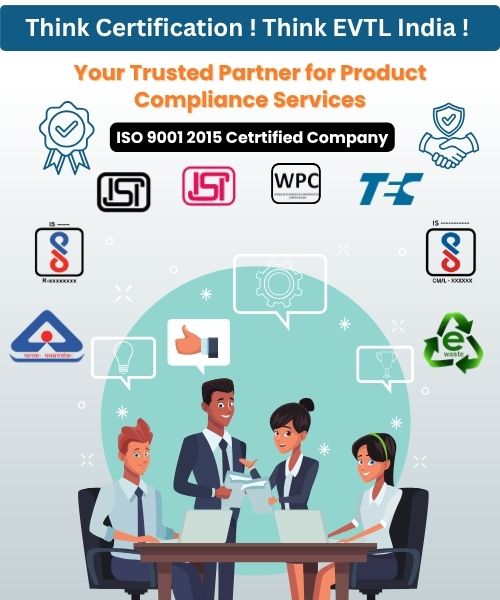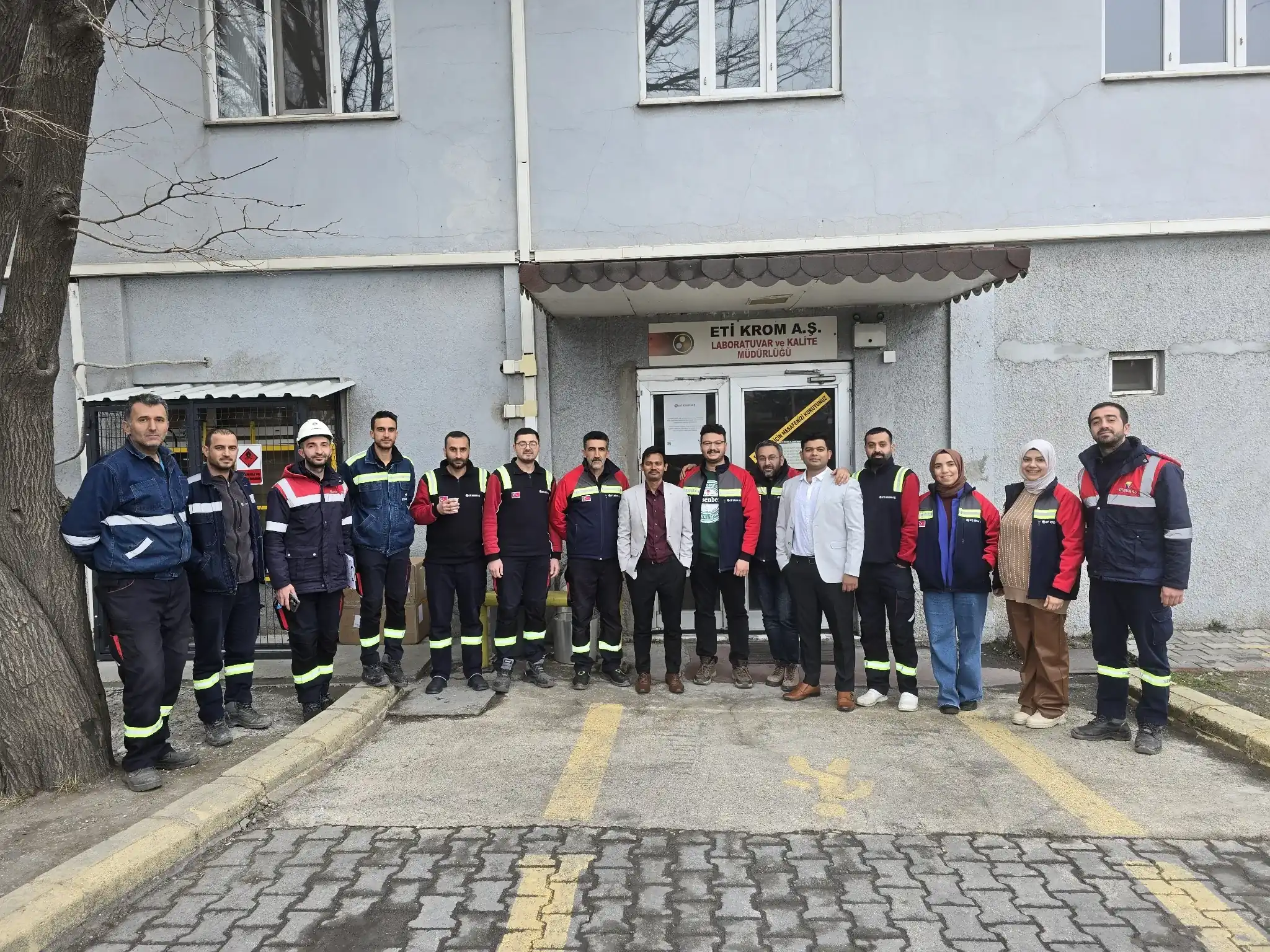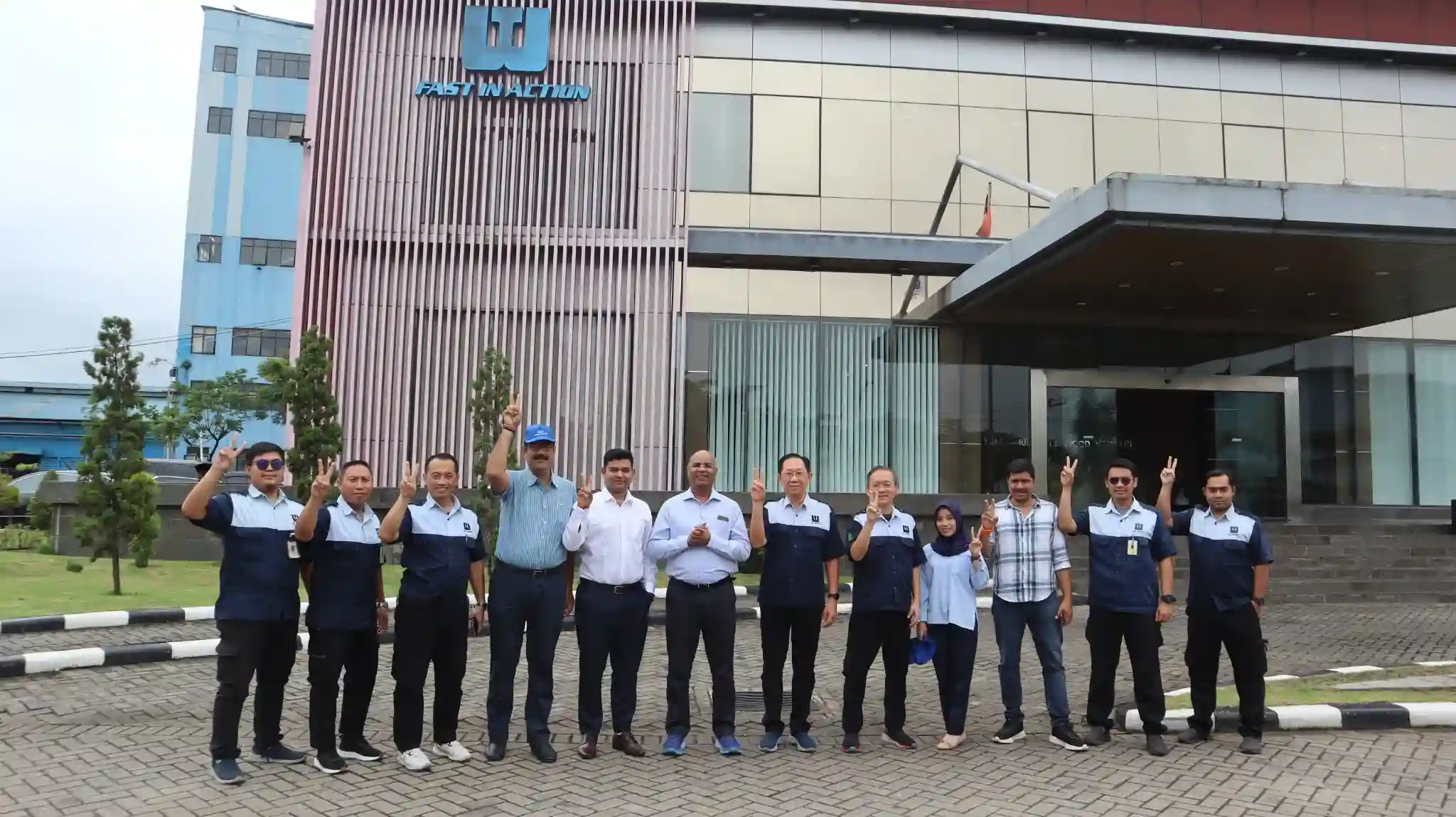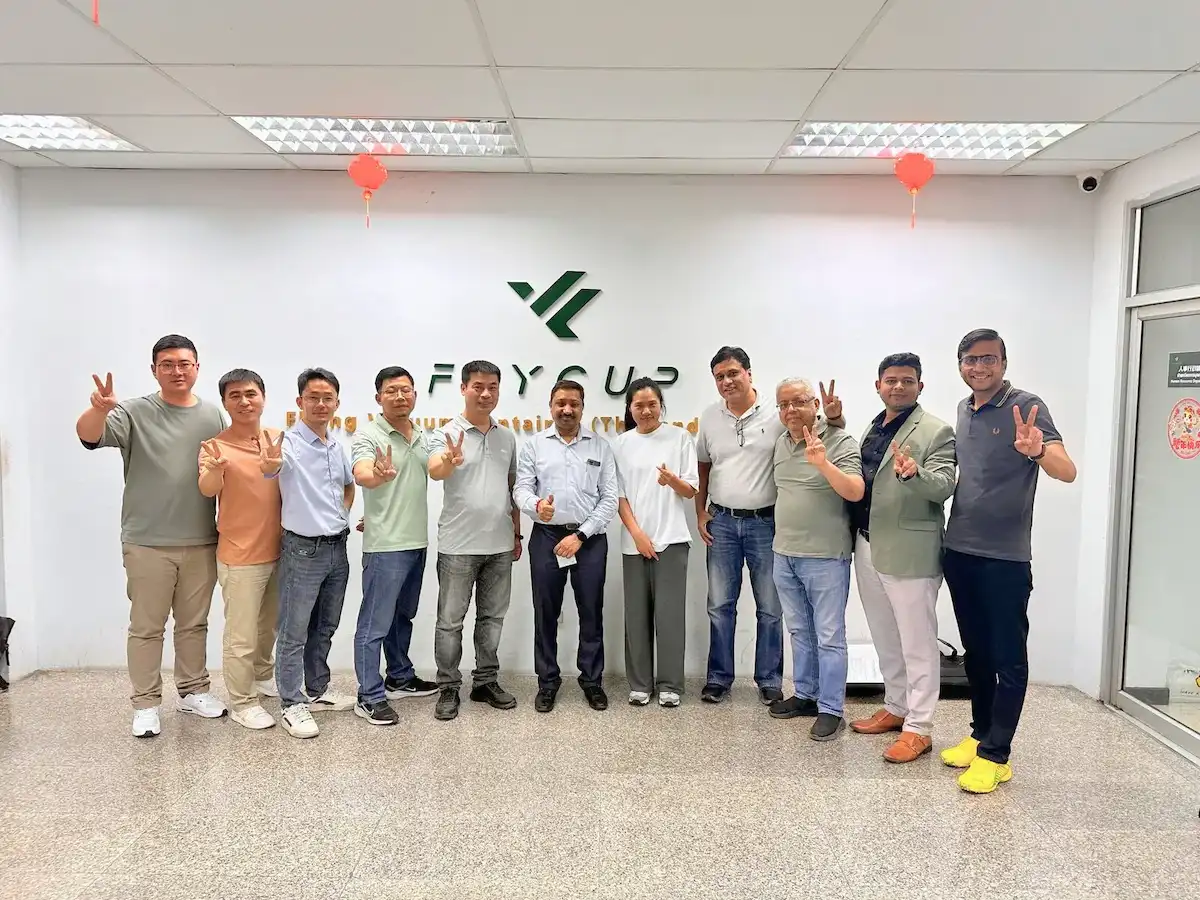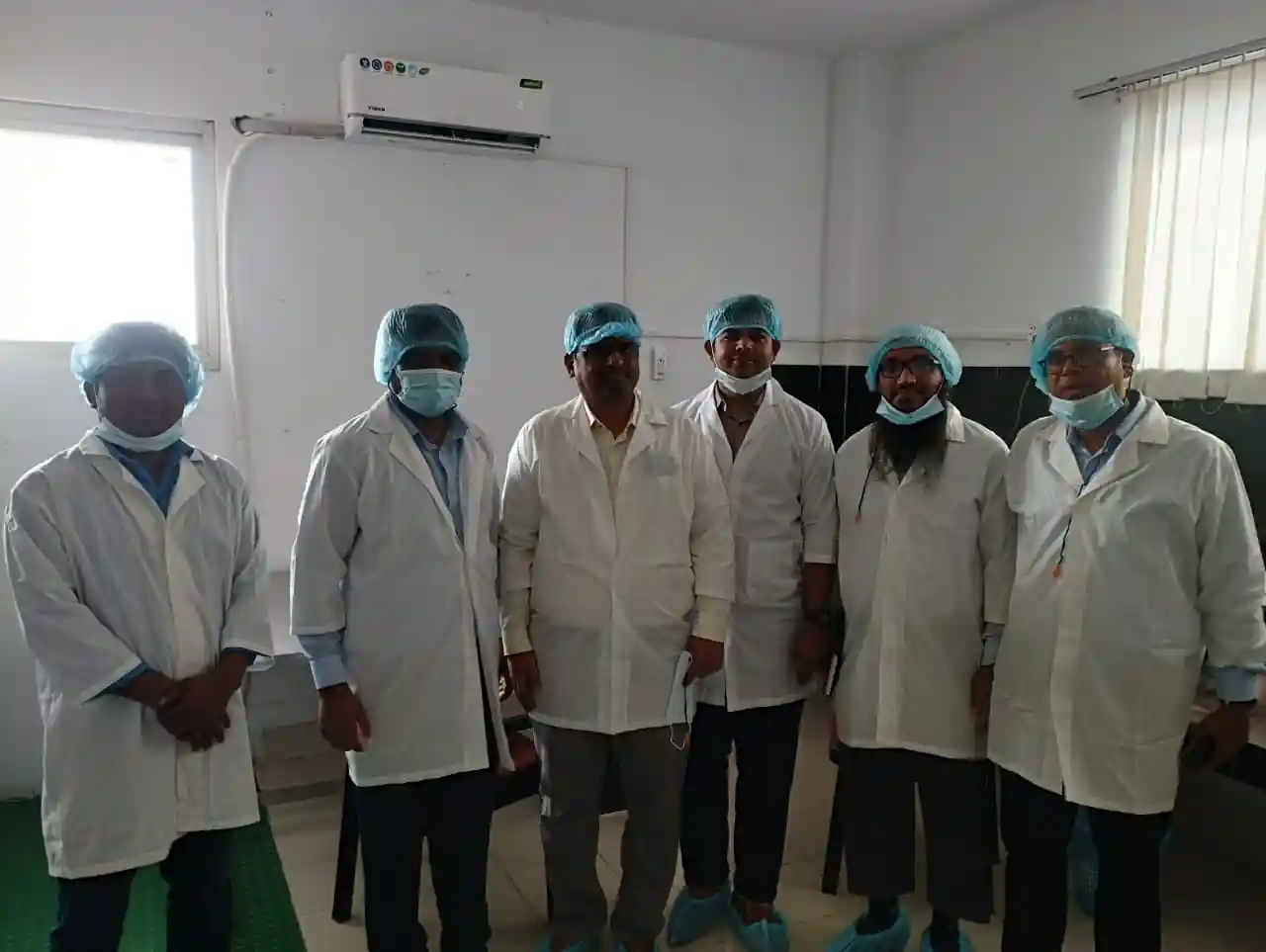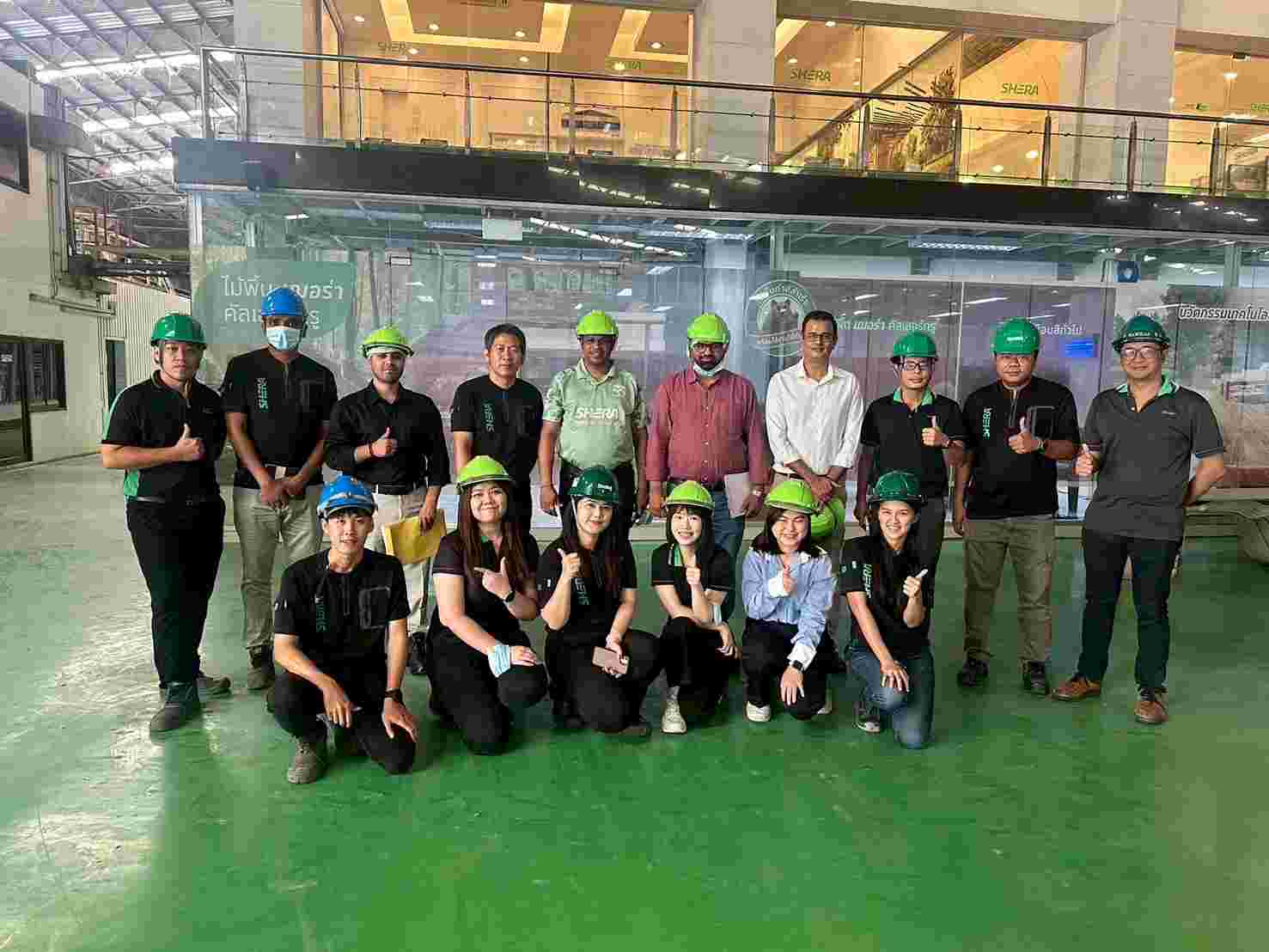Get A Quote
BIS Certification for Protective Clothing for Firefighters IS 16890: 2018
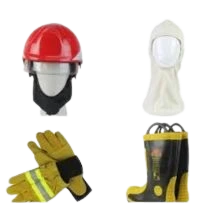
Protective clothing for firefighters is specifically designed to shield wearers from extreme heat, flames, and hazardous environments encountered during firefighting operations. Made from advanced, flame-resistant materials, these garments provide insulation against high temperatures, resist the penetration of heat and water, and offer durability in physically demanding conditions.
They are ergonomically designed for mobility, incorporating features such as reinforced stitching, breathable layers, and high-visibility elements for enhanced safety in low-light conditions. Protective clothing for firefighters is a critical component of personal protective equipment (PPE), ensuring safety, comfort, and reliability during emergency response activities.
Introduction
The Protective Textiles (Quality Control)
Order, 2022, issued by the Ministry of Textiles, mandates that
manufacturers of protective clothing for firefighters must obtain BIS
certification before marketing their products in India. BIS certification
ensures compliance with Indian Standard
IS 16890:2018, which specifies the stringent requirements for thermal
protection, durability, and functionality of firefighter clothing. This
certification process includes rigorous testing to validate the clothing’s
flame resistance, thermal insulation, and resistance to wear and tear. By
adhering to BIS standards, manufacturers demonstrate their commitment to delivering
high-quality, life-saving equipment for firefighters. Non-compliance with this
order can result in penalties under the Bureau
of Indian Standards Act, 2016, making certification not only a legal
necessity but also a vital assurance of product safety and reliability.
Why is BIS Certification
Necessary for Protective Clothing for Firefighters?
BIS certification is essential for protective clothing for firefighters as it ensures that the garments meet the stringent safety and quality benchmarks outlined in IS 16890:2018. Firefighting involves exposure to life-threatening conditions such as extreme heat, flames, and toxic gases, necessitating clothing that offers robust thermal protection, flame resistance, and durability. BIS certification guarantees that these garments can withstand such hazards, reducing risks to firefighters’ lives. It also assures users that the clothing has been rigorously tested for performance, comfort, and functionality. Additionally, under the Protective Textiles (Quality Control) Order, 2022, obtaining BIS certification is a legal mandate, with non-compliance attracting penalties under the Bureau of Indian Standards Act, 2016. Certification fosters trust among end-users and regulatory authorities, ensuring manufacturers uphold national safety standards.
BIS QCO For Protective Textiles(Protective clothing for firefighters)
Overview of Indian
Standard IS 16890:2018
IS 16890:2018 specifies the performance,
safety, and design requirements for protective clothing used by firefighters.
The standard outlines critical parameters such as flame resistance, thermal
protection, tensile strength, and water resistance, ensuring garments offer
comprehensive protection in hazardous environments. It also includes guidelines
for ergonomic design, allowing ease of movement and comfort during prolonged
use. Testing methods under the standard evaluate the clothing’s durability,
breathability, and resistance to abrasion and tearing. Compliance with IS 16890:2018 guarantees that
firefighter clothing meets the highest safety and performance standards. The
mandate for BIS certification under the Protective
Textiles (Quality Control) Order, 2022, ensures that all such clothing sold
in India adheres to these specifications, safeguarding the lives of
firefighters and enhancing operational efficiency.
Process for BIS Certification
The BIS
certification process for Protective Clothing for Firefighters involves
multiple steps, designed to thoroughly evaluate a product's compliance with the
required standards. Here is a general overview of the certification process:
1. Application Submission: Manufacturers
must submit an application form along with required documentation to BIS.
2. Documentation Review: BIS reviews the
submitted documents to ensure completeness and correctness.
3. Factory Inspection: BIS officials
conduct an on-site inspection of the manufacturing facility to assess the
production process and quality control measures.
4. Sample Testing: Product samples are
taken and tested in BIS-approved laboratories to verify compliance with Indian
standards.
5. Certification Grant: Upon successful
completion of the inspection and testing, BIS grants certification, allowing
the manufacturer to use the BIS mark on their products.
Documents
Required for BIS Certification
To apply for BIS
certification, manufacturers need to submit the following documents:
● Application form
● Manufacturing process details
● Quality control plan
● Test reports from BIS-approved
laboratories
● Factory layout and equipment
details
● Proof of business registration
● Product specifications and
technical details
● Declaration of conformity to
Indian standards
Additionally, manufacturers may be required to provide proof of compliance with environmental and safety regulations, depending on the specific type of product being certified.
BIS ISI Mark Certification Costing And Timeline
To Know The Process in Detail, Please Visit:
- BIS ISI Mark Certification for Domestic Manufactures
- BIS ISI Mark Certification for Foreign Manufactures
Under BIS Registration Products ISI and CRS
Conclusion
BIS certification
for Protective Clothing for Firefighters is essential to ensure adherence to
quality and safety standards as per IS 16890 : 2018. By complying with the
mentioned Quality control order, certified products provide reliable
performance, enhance consumer safety, and reinforce the credibility of
manufacturers in the Indian market.
Navigating the BIS certification
process can be challenging, especially for small and medium-sized enterprises.
EVTL India is a leading consultancy firm dedicated to assisting manufacturers
in obtaining BIS certification (ISI Mark) efficiently. With expertise in
managing BIS portal submissions, documentation, and regulatory fees, EVTL India
ensures a smooth and successful certification process. By choosing EVTL India,
manufacturers can enhance their product's marketability both in India and
internationally, securing a competitive edge. Additionally, EVTL India provides
ongoing support post-certification, helping manufacturers maintain compliance
with BIS standards and renew their licenses as needed.
Free Call Back
Latest News & Update
📅 BIS Critical Component List (CCL) Updates for Solar PV Modules
🕒 BIS Fee Concessions for MSMEs and Startups | EVTL India
📅 Guidelines for Implementation of Essential Requirements for Security of CCTV
🕒 Omnibus Technical Regulation (OTR) Amendment Order, 2025
🕒 Extension of Timeline for Filing Annual Returns by Battery Producers
📅 Extension of Timeline for Filing Quarterly and Annual Returns for E-Waste
🕒 Extension of Concurrent Running Period for IS 302-1: 2008 and IS 302 (Part 1): 2024
🕒 BIS Guidelines for Grant of Licence (GoL) | EVTL India
📅 CPCB Guidance on filing of Application, Fees and more
🕒 CPCB Notification on Labelling of Plastic Packaging
📅 Mandatory Compliance for Input Materials of Steel and Steel Products for Imports
🕒 BIS Guidelines for Scheme-X Certification for OTR-Regulated Products
📅 BIS Upgrades Product Certification License Numbers to 10-Digit Series
🕒 BIS Certification No Longer Mandatory for 14 Chemical & Polymer Categories
Why Choose EVTL INDIA
Expertise in Indian Regulatory Standards
End-to-End Support
Trusted by Top Indian & Global Brands
Fast Processing & Transparent Pricing
Strong Liaison with Indian Authorities
Company Profile